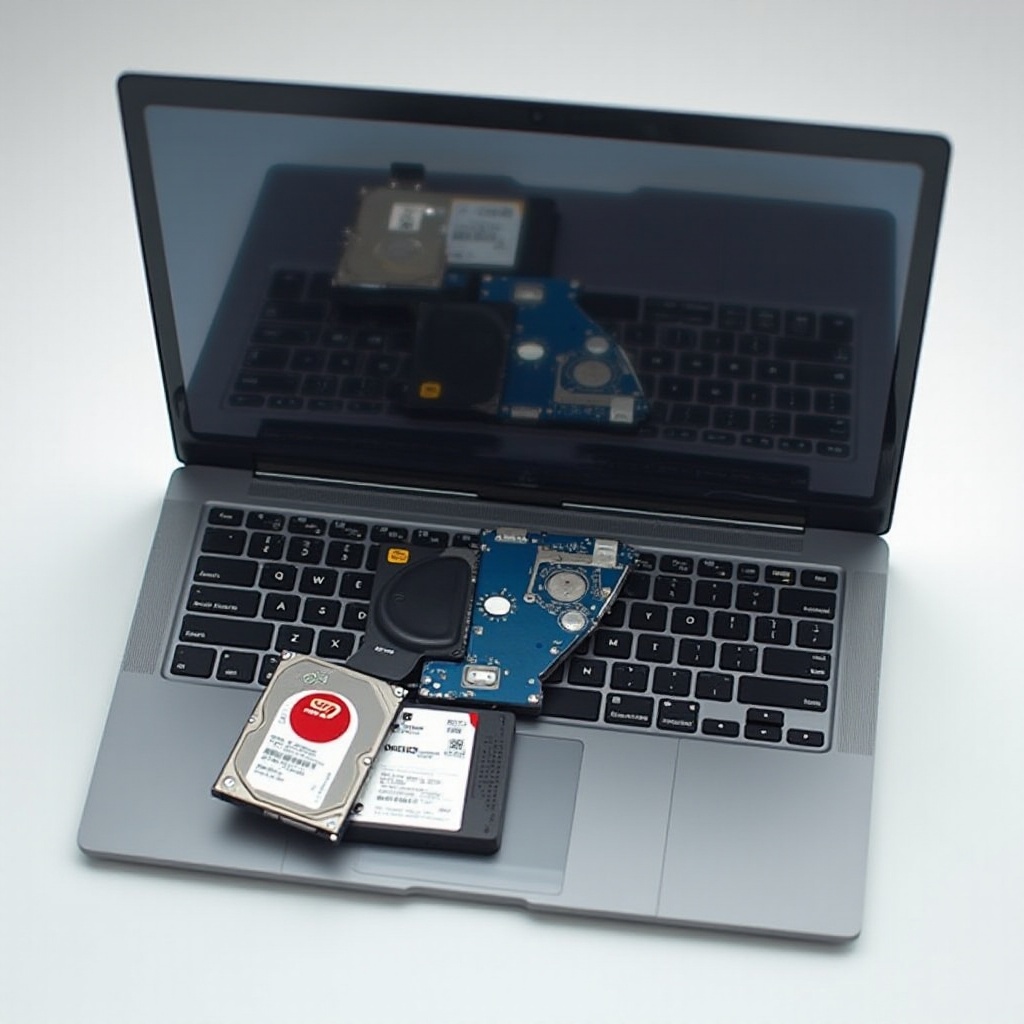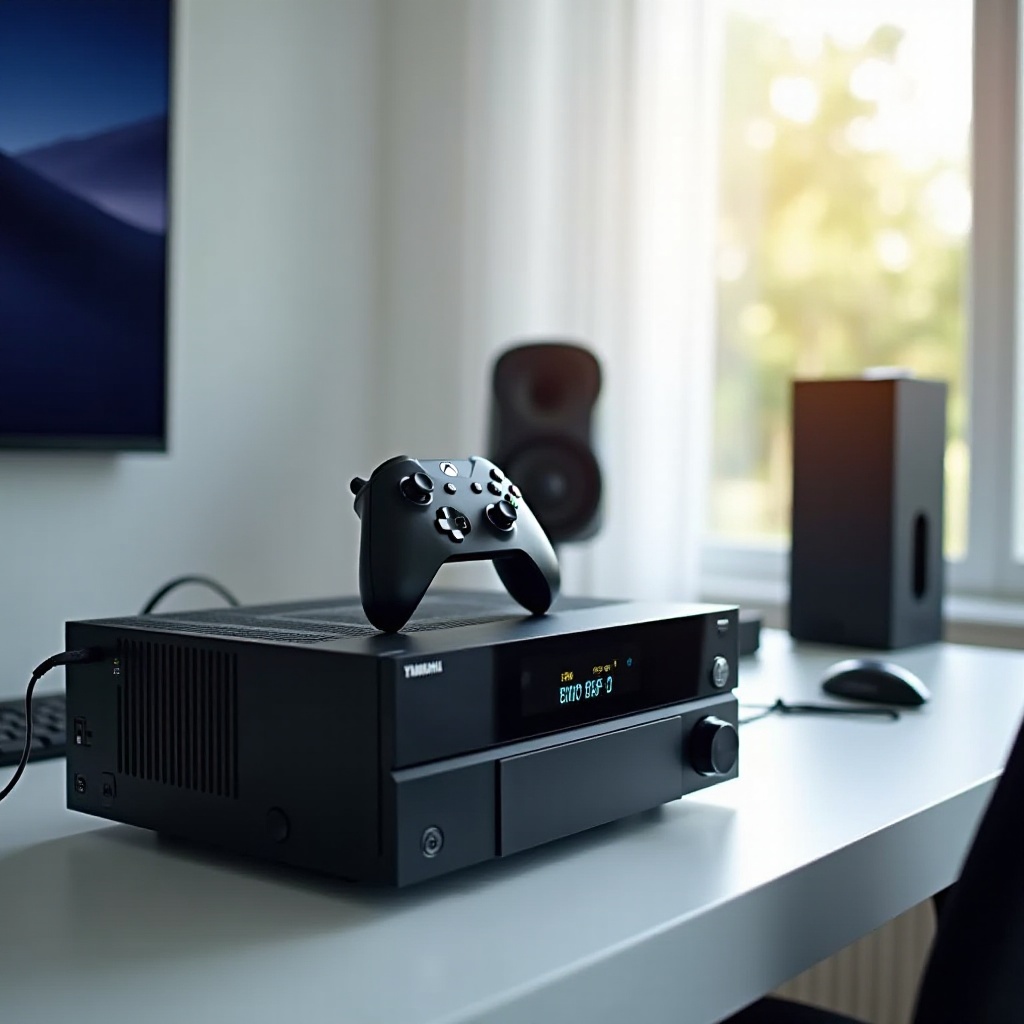How to Upgrade Your Laptop's Main Drive Storage in 2024
Introduction
Upgrading your laptop's main drive storage can significantly enhance performance and increase storage capacity. Whether you want to store more data, speed up your machine, or extend your laptop's lifespan, upgrading to a more advanced drive is a wise decision. In this guide, we will walk you through the entire process, from understanding the types of storage drives to the actual upgrade and post-upgrade optimization.

Why Upgrade Your Laptop Storage?
Benefits of Upgrading to SSD
A solid-state drive (SSD) upgrade provides numerous benefits over the traditional hard disk drive (HDD). SSDs have faster read and write speeds, which means your laptop will boot up quicker, applications will load faster, and the overall user experience will be much smoother. With no moving parts, SSDs are also more durable, less prone to physical damage, and generate less heat and noise compared to HDDs.
Impact on Performance and Usability
An upgraded main drive storage can make a noticeable difference in your laptop's performance. For instance, you'll experience reduced load times for operating systems and applications, faster file transfers, and generally improved responsiveness. This is especially beneficial for tasks like video editing, gaming, and other resource-intensive applications. Additionally, increased storage capacity means you can store more files, software, and data without worrying about running out of space.
Types of Storage Drives: SSD vs. HDD
To decide which storage drive to choose, it's essential to understand the differences between SSDs and HDDs.
Overview of HDD
HDDs are the traditional storage solutions that use spinning disks to read/write data. They offer large storage capacities at lower prices but are slower and more susceptible to damage due to their mechanical parts.
Overview of SSD
SSDs utilize flash memory to store data, resulting in significantly faster read/write speeds and greater reliability. Despite being pricier per gigabyte, their performance benefits can outweigh the additional cost.
NVMe vs. SATA SSDs
When exploring SSDs, you'll come across two main types: NVMe and SATA. NVMe SSDs connect via the PCIe bus, offering faster data transfer rates compared to the older SATA interface used by SATA SSDs. If your laptop supports NVMe, it is the better choice for maximum performance. However, SATA SSDs remain a considerable upgrade over HDDs and can be more cost-effective.

Preparing for the Upgrade
Preparation is crucial for a smooth upgrade process.
Choosing the Right Storage Drive
First, ensure your laptop's compatibility with the new storage drive. Check the interface type (SATA or NVMe) and the form factor (2.5-inch or M.2) supported by your laptop. Look for drives that offer the right balance between capacity, performance, and price.
Gathering Tools and Software
Gather the necessary tools for the upgrade, including screwdrivers, anti-static wristbands, and applicable software for data backup and cloning. Ensure you have a reliable data backup strategy before proceeding to prevent any data loss.

Backing Up and Cloning Your Data
Creating a backup and cloning your data are crucial steps to avoid data loss and ensure a smooth transition to the new drive.
Backup Methods
Before removing your old drive, backup your data using an external hard drive or cloud storage service. This safeguard ensures you don't lose any important files.
Cloning Software and Procedures
Cloning involves copying the contents of your existing drive to the new one. Software like Macrium Reflect or Acronis True Image can facilitate this process. Install the cloning software and follow the instructions to create an exact copy of your original drive on the new SSD.
Step-by-Step Guide to Physical Installation
Now that you have prepared and backed up your data, it's time to install the new storage drive.
Safety Precautions
- Turn off your laptop and disconnect it from any power source.
- Remove the battery if possible.
- Use an anti-static wristband to avoid damaging components with static electricity.
Removing the Old Drive
- Locate the drive compartment: Refer to your laptop manual for directions.
- Unscrew the laptop back panel and gently remove it to access the drive.
- Disconnect and remove the old drive: Unscrew and slide it out carefully.
Installing the New Drive
- Insert the new drive: Slide the SSD into the slot, ensuring proper alignment.
- Secure the SSD with screws.
- Reassemble the laptop: Screw the back panel back and reconnect the battery.
Setting Up Your Software Post-Upgrade
With the new drive installed, you'll need to set up your software.
Reinstalling the Operating System
If you opted for a clean installation, boot from an installation media (USB drive) and follow the on-screen instructions to install the operating system on your new SSD.
Restoring Your Files
After setting up your OS, restore your files from the backup you created earlier. This step should be straightforward with the help of file restoration tools or manual transfer.
Optimizing Your New Storage Drive
Maximize the performance and lifespan of your new SSD with these optimization tips.
Enabling TRIM
TRIM is a command that helps the SSD manage free space more efficiently, improving its longevity and performance. Most modern operating systems enable TRIM by default, but you can confirm this in the system settings.
System Settings for SSDs
- Disable disk indexing: Reduces unnecessary write operations.
- Adjust power settings: Avoids putting the SSD into power-saving modes that can reduce performance.
Conclusion
Upgrading your laptop's main drive storage to a newer, more efficient SSD can breathe new life into your device, providing faster performance, greater reliability, and increased storage capacity. By following the steps outlined in this guide, you can ensure a smooth and successful upgrade process.
Frequently Asked Questions
Can I upgrade my laptop storage on my own, or should I seek professional help?
Yes, you can upgrade your laptop storage on your own if you follow the proper steps and precautions. However, if you are not comfortable with handling hardware components, seeking professional help is advisable.
How do I know which SSD is compatible with my laptop?
Check your laptop's technical specifications or manual for supported storage interfaces (SATA or NVMe) and form factors (2.5-inch or M.2). Many manufacturers also provide compatibility tools on their websites.
What should I do if my laptop doesn't recognize the new drive?
If your laptop doesn't recognize the new drive, ensure it is properly connected. Check BIOS/UEFI settings to verify if the drive is listed. Updating your laptop's firmware or consulting the SSD manufacturer's support may also help resolve the issue.




